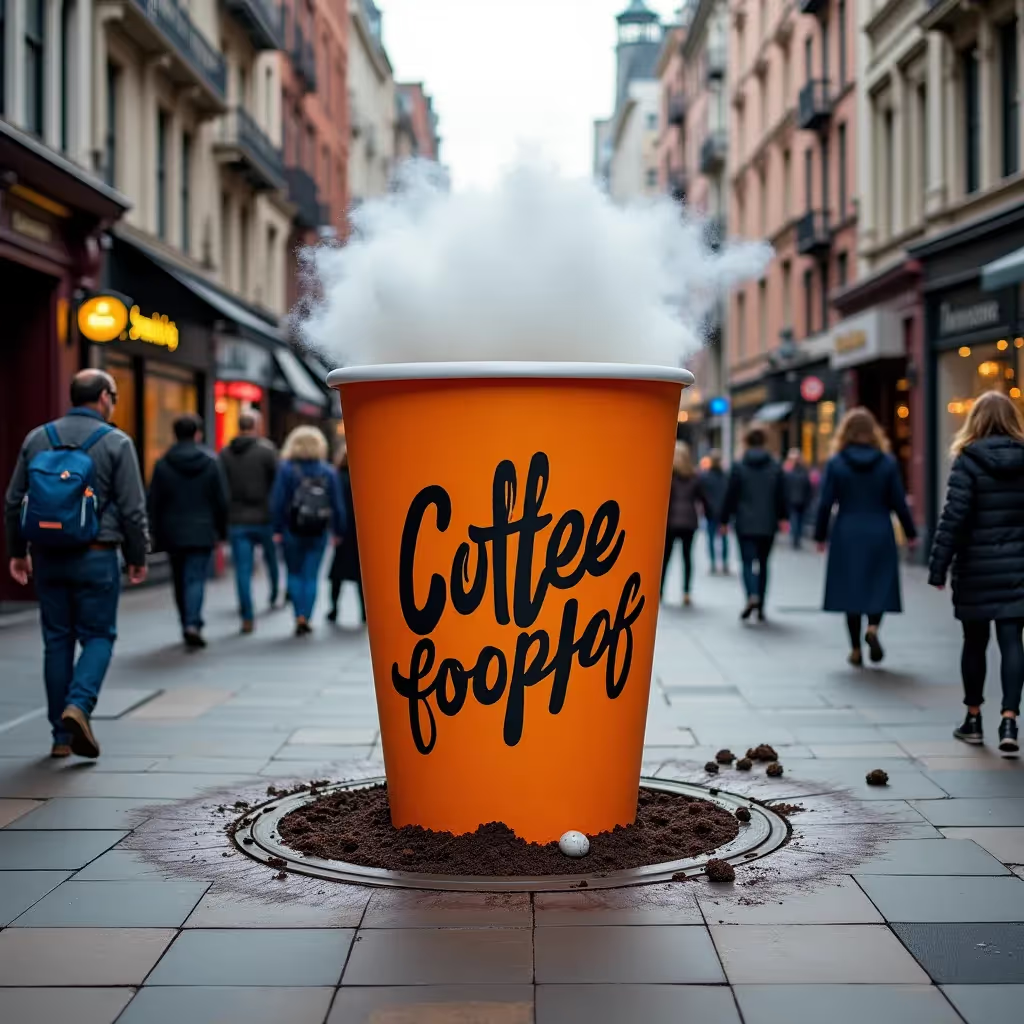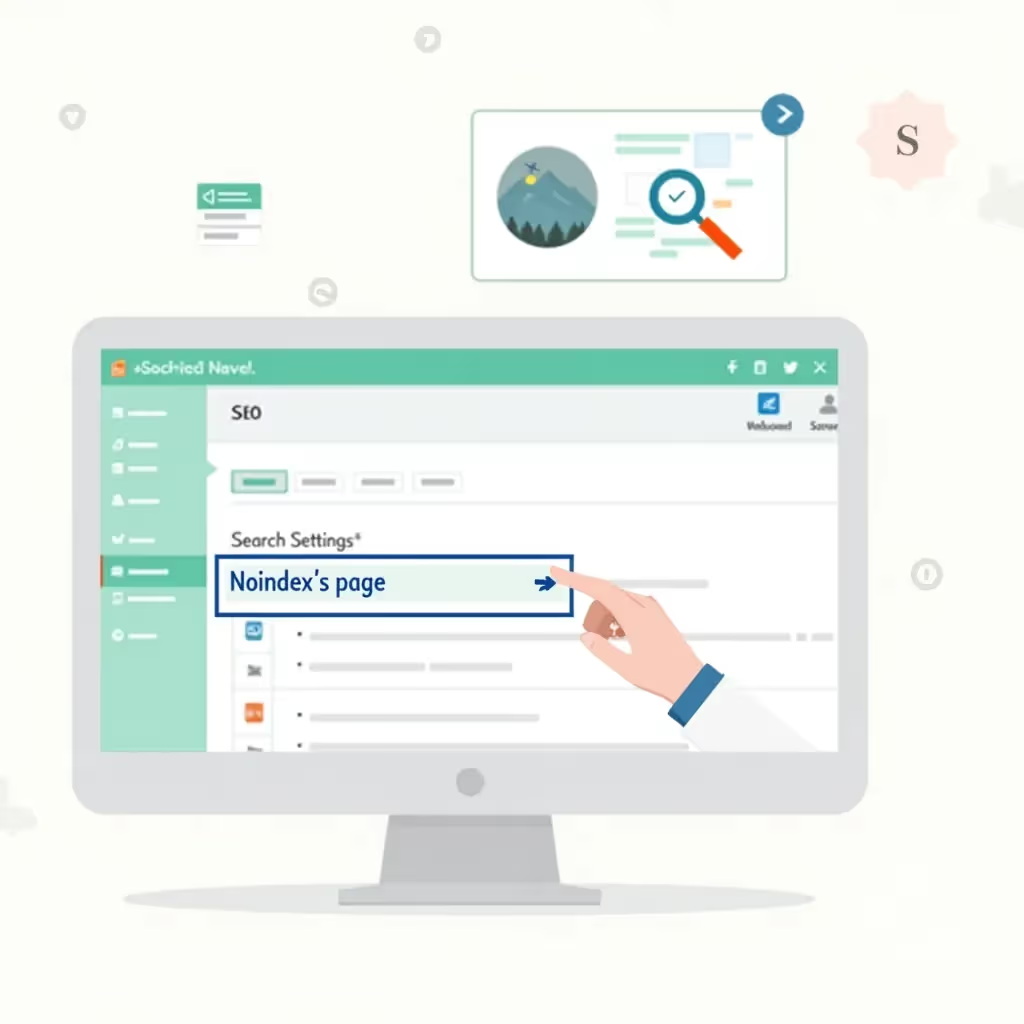Guerrilla marketing, a strategy that relies on unconventional methods to promote a brand, product, or service, has gained significant traction in recent years due to its cost-effectiveness and unique ability to engage audiences in unexpected ways. Derived from the idea of guerrilla warfare—which emphasizes ambush, surprise, and innovation—guerrilla marketing seeks to capture attention in a way traditional marketing cannot.
Typically, guerrilla marketing campaigns aim to catch the consumer off guard, enticing them to engage with the brand through curiosity or even humor. Often deployed in public spaces, these campaigns are designed to create buzz and virality. Since the digital age has provided marketers with a wide range of tools and platforms, combining guerrilla tactics with online sharing mechanisms has proven particularly effective. Let’s explore some of the most creative and successful examples of guerrilla marketing in action.
1. Coca-Cola's "Happiness Machine"
Coca-Cola, a global leader in traditional advertising, ventured into guerrilla marketing with the famous "Happiness Machine" campaign. This was part of its initiative to promote the "Open Happiness" theme. The company installed a vending machine on a college campus that gave away more than just soft drinks. Along with dispensing extra bottles of Coke, students received items such as sandwiches, pizza, and even enormous party subs.
The beauty of this campaign was the simplicity and the element of surprise. Whoever interacted with the vending machine was unaware of what awaited them. The event was filmed, and the joy and surprise reactions were shared across various social media platforms. The video went viral, capturing millions of views over a short time. Coca-Cola effectively created a positive, memorable experience around its brand without resorting to traditional ad channels. You can check out the original campaign video and learn more about its impact here.
2. IKEA's "Moving Day" Campaign
When IKEA sought to promote its new store in Paris, the company delivered a guerrilla marketing masterclass. The brand transformed the entire Gare de Lyon train station into a showroom. Unlike a standard billboard ad, this campaign brought IKEA furniture directly into the public space for tactile interaction. Travelers could sit on the sofas, explore organizational solutions, or relax on beds while they waited for their trains.
By bringing real-life scenarios into a public place, IKEA offered a direct product experience and highlighted the company's USP—affordable but stylish home furnishings. The campaign also smartly used social media, encouraging people to share their experiences on Instagram with the hashtag #IKEAmovingday.
3. ALS Association's Ice Bucket Challenge
Perhaps one of the most famous examples of viral guerrilla marketing is the ALS Ice Bucket Challenge. In 2014, the ALS Association (and several other organizations) encouraged people to dump a bucket of ice-cold water over their heads, film the event, and then challenge others to do the same. The idea was simple but caught the attention of millions around the world. Celebrities, politicians, CEOs, and everyday individuals participated and donated to ALS research.
What made this campaign incredibly effective is that it combined a tangible challenge with the power of social networks. As people were tagged to participate, they had the option to either donate to the cause or undergo the freezing ordeal (most did both). The result? The ALS Association raised over $115 million in just a few months. This success demonstrates how guerrilla campaigns can be a low-cost, high-impact endeavor when designed strategically. Learn more about the origins of the challenge here.
4. Burger King's "Whopper Sacrifice"
In 2009, Burger King devised a brilliant guerrilla marketing stunt titled "Whopper Sacrifice." The campaign allowed Facebook users to receive a coupon for a free Whopper if they unfriended 10 people through the accompanying app. What made this campaign amusing to many was that each friend who was unfriended received a notification informing them they were "worth less than a Whopper." The cheeky, humorous tone triggered immediate buzz online.
However, Facebook soon disabled the application due to privacy violation concerns; by that time, more than 233,000 friends had been "sacrificed." While this may have curtailed the campaign prematurely, it generated significant both press coverage and consumer interest, showcasing Burger King's creative approach to engaging the modern social media user.
5. UNICEF's Dirty Water Vending Machines
In an effort to raise awareness of the global clean water crisis, UNICEF initiated a campaign by placing "Dirty Water" vending machines around New York City. However, rather than dispensing actual contaminated water, the machines allowed people to donate money to provide clean water to children in need.
The vending machines offered various "flavors" of dirty water, such as malaria, dysentery, and typhoid, each corresponding to the real-world diseases people are exposed to when they do not have access to purified water. The shocking and somewhat disturbing concept forced people to confront the harsh realities that millions face globally, all while making it convenient to donate on the spot.
This smart, impactful guerrilla campaign worked because it tackled a serious issue in an unexpectedly direct fashion. UNICEF’s use of a familiar object (vending machines) in a disruptive context ensured high engagement and awareness-building potential.
6. Frontline's Interactive Floor Ad
Guerrilla marketing often finds success by bringing an unexpected twist to everyday areas. Take, for example, the animal flea treatment brand Frontline's floor ad placed in several large shopping malls. Positioned on the floor, the ad was a photo of a giant dog scratching itself. People walking on top of the image appeared like fleas swarming around the dog’s body. The clever use of perspective caught the attention of shoppers, making it a wildly successful campaign.
This campaign exemplified how brands can integrate their product messaging in a way that is both visually striking and deeply memorable. By utilizing a public space that naturally garners high foot traffic, Frontline managed to showcase its product function (flea prevention) in a creative and engaging manner.
Key Characteristics of Successful Guerrilla Marketing
Looking at these campaigns, we can see that a few critical elements make guerrilla marketing successful:
- Surprise Factor – Most guerrilla marketing campaigns take consumers out of their normal environment and present them with something unexpected.
- Cost-Effectiveness – Often, these campaigns don't require a massive budget, especially if they focus on creativity over media spend.
- Memorable Interaction – Whether humor, emotional appeal, or shock factor, the best guerrilla marketing campaigns create memorable experiences.
- Viral Potential – Many campaigns leverage social media sharing to transform a local event into a worldwide phenomenon.
Comparison of Traditional Marketing vs. Guerrilla Marketing
In the table below, we summarize the key differences between guerrilla marketing and traditional marketing:
| Traditional Marketing | Guerrilla Marketing |
|---|---|
| Relies on established channels like TV, radio, and print | Uses unconventional channels, often outdoors or in public spaces |
| Typically requires a large budget | Often low-budget but creatively driven |
| Predictable and structured campaigns | Unpredictable, spontaneous campaigns that generate buzz |
| Aims at broad demographic reach | Focuses on targeted, niche engagement |
| Easier to track effectiveness through metrics | May rely on indirect reach and virality through social sharing |
Conclusion
Guerrilla marketing demonstrates that creativity, humor, and innovation can often make a more significant impact on consumers than traditional, expensive marketing campaigns. Whether you're running a small business or managing a global brand, there are clear lessons to be learned from guerrilla marketing's ability to engage audiences in surprising and memorable ways. When done right, such campaigns have the power to generate massive publicity, foster customer loyalty, and ultimately boost sales—all on a limited budget.
The next time you are strategizing a marketing campaign, consider how guerrilla marketing might offer an opportunity to stand out from the noise and create an unforgettable customer experience.





